Partnerships
We work closely with state and federal agencies, and NGOs to help guide conservation of biota and ecosystems of the state.
| New Mexico Department of Game & Fish (NMDGF) has been a key partner since our inception in 1991. We collaborate on a number of projects including the New Mexico Environmental Review Tools (NMERT), Biota Information System of New Mexico (Bison-M), the Crucial Habitat Assessment Tool, and the State Wildlife Action Plan. | 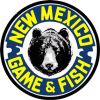 | |
| New Mexico State Forestry (NMSF) and its Rare and Endangered Plants program have been key contributors to rare plant information in our system. We working with program botanists to update our rare plant data to facilitate updating our plant conservation ranks that inform management of these species. The ranks formed the foundation for our collaboration to produce the New Mexico Rare Plant Conservation Strategy. | 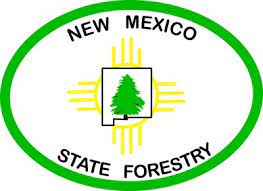 | |
| U. S. Fish & Wildlife Service (FWS) - NHNM has worked with FWS to develop an innovative system to gather federally listed species data from Endangered Species Act Section 10 reports and make that data available to FWS and other agencies. This information helps FWS and other agencies with endangered species recovery efforts. | 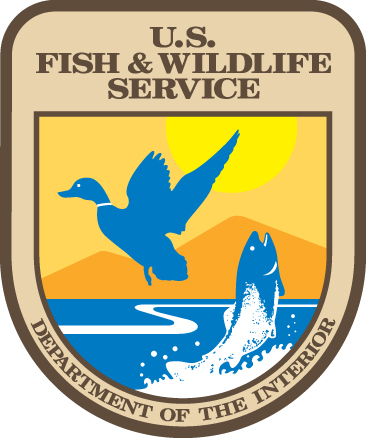 | |
| U. S. Forest Service (USFS) has worked with NHNM to develop web-based tools to provide sensitive species data to participating agencies. NHNM is currently working with USFS on a number of initiatives including data for revisions to Forest Plans, data exchange between NHNM and USFS data systems, and developing habitat connectivity information. |  | |
| NHNM has worked closely with NMED – Surface Water Quality Bureau – New Mexico Wetlands Program to develop the New Mexico Rapid Assessment Method (NMRAM), a tool to evaluate quickly and efficiently the ecological condition of New Mexico’s riparian, slope, and playa wetlands. | 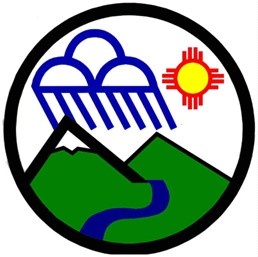 | |
| Bureau of Land Management (BLM) manages over 13% of New Mexico lands and has been a valuable partner to NHNM. BLM has provided data on sensitive species to NHNM since our inception. Current collaborations include: development of a wildlife data standard to facilitate exchange of plant and animal data, development of a bat roost database to help BLM and other agencies prepare for potential White-nose Syndrome, and surveying for rare plant species. | 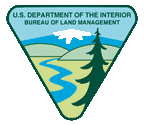 |